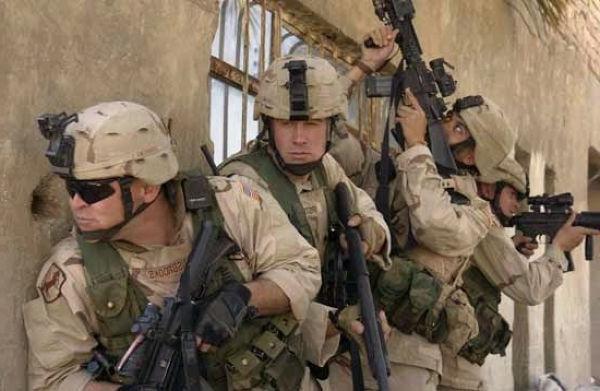Tactics is a concept that applies to many areas of life. But once this word was only a military term. Translated from Greek -
the art of building soldiers in the ranks. Now this term means much more - the theoretical justification and practice of preparing and conducting the battle in the sea, on land and in the air. This discipline includes the study of various types of actions of the armed forces: defense, offensive, regrouping, and so on.
Almost all of their history, people fought with each other for resources, territory, slaves, money. The simplest actions on the battlefield were replaced by more thoughtful and complex ones. Weapons also gradually became more effective.
Tactics is the science of warfare, which was first developed
ancient inhabitants of Hellas. The Greek army even before the war with the Persians was a close-knit
phalanx of hoplite spearmen equipped with helmets. Thus, the main type of combat was a frontal attack. However, such primitive tactics are the cause of not only victories, but also a series of defeats. The hoplites were very vulnerable to cavalry attacks. In addition, their system was very slow. The first to reform the usual tactics was the brilliant commander Epaminondas. He distributed troops along the front unevenly, outlined groupings for the main attack.
Alexander of Macedon perfected his legacy. He combined the actions of various
types of troops.
After the collapse of the Roman Empire and before the massive use of firearms in the army, tactical science developed poorly. But serious changes occurred after the start of the French Revolution. Large armies based on general military service appeared in a number of European countries . Linear tactics were no longer used; columns and a loose system began to combine in battle. The appearance of rifled weapons again made its own adjustments. Columns and a loose system are a thing of the past, troops began to move in dashes, to dig in when taking up positions. Strikes combined with maneuvers.

The tactics used in the First World War by most European armies is a transition to positional forms of combat. The attack began to occur in several “waves” of soldiers armed with small arms. In some areas, they were helped by shelling the enemy with artillery. The purpose of the attacks was to take the enemy’s fortified positions. But, as a rule, the attack by the “waves” was ineffective. Very often, it ended with the attackers turning into piles of corpses. That is why in those years the first armored combat vehicles on tracks equipped with machine guns were developed.
The tactics used by the Soviet Union during the Second World War are actions based on the doctrine of "deep battle". In agreement with her, the attack was to begin with shelling of artillery and air strikes. Then came the breakthrough of defense. Infantry attacked with the support of tanks. The main force became soldiers and combat vehicles.
The tactics used in modern wars are based on the interaction of different types of troops. But the main means of defeating the enemy is a combination of air strikes with artillery fire, infantry fighting vehicles or armored personnel carriers, tanks. In modern conditions, the battle is fleeting, and victory is achieved provided that one of the parties has the advantage in technology and maneuverability. Among other things, the morale of soldiers is still an important condition for their ability to take action. Modern warfare tactics also take into account the possibility of nuclear strikes, which can dramatically change the situation. Chemical or biological agents can also to some extent affect the outcome of a battle. The concept of "tactics of war" today has a slightly different content than, for example, a hundred years ago. Fighting is often carried out with the application of preventive strikes, the use of sophisticated equipment, the destruction of enemy resources that would allow him to continue to resist.